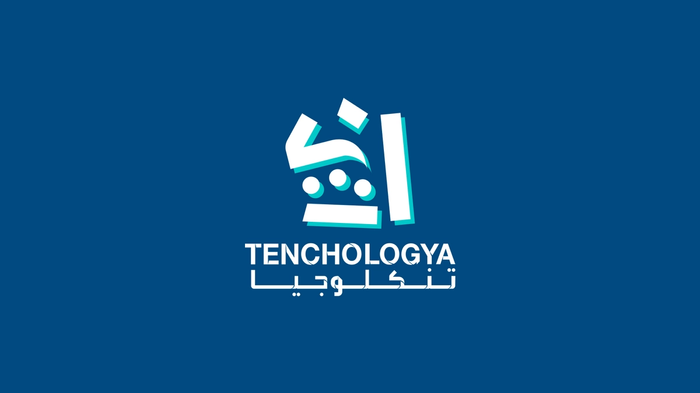Requirements gathering from users, stakeholders and customers.
What is requirements elicitation?
Imagine that you are a contractor and you want to build a house for a client, the first thing you are going to do is sit down with the client and know exactly what they want, they don’t just tell you to build a house and you go and build it, first you ask them about the number of floors, rooms, and different facilities they want in the house.
This is exactly what we mean by requirements elicitation, in short, it’s the
process of collecting information from clients and documenting them.
After you gather their requirements, you write a document that consists of all the information about the project, including the budget, time, scope of work, etc. This document is what is known as a contract.
What are the issues we face in requirements?
There are several issues that may come to light during the process of elicitation, some of these may be due to several factors, first and foremost being the actual message the client wants to convey. Clients may be unsure of what they want or may be unable to communicate their ideas effectively, or different stakeholders within the same company may have different perspectives, and these may conflict with one another. There are also external factors that may affect our decision-making process (including changes within a four-client company) and we do our best to accommodate these to ensure we provide the most suitable product for you.
How can we overcome these issues?
According to the requirements of the client, we will use a variety of techniques to help address all of the issues mentioned above to deliver the best service, these techniques are as follows:
Brainstorming:
We bring the stakeholders together to explore the possibilities of a requirement set. This method is great for generating ideas but requires creative thinkers.
Interview:
We ask the client a series of face-to-face questions that can be formal or informal.
This is a very simple and direct method but needs a skilled interviewer who uses
follow-up questions
Surveying:
This method is relatively easy and cheap, and can work effectively in obtaining quantitative and qualitative results, but it’s unsuited to detail the unwritten attributes of the process and may require a follow-up interview.
Observation:
This method requires going to the workplace to observe the workflow, and it can be active by performing some functions within the flow, or it can be passive, without any involvement or discussion. This method is very effective in providing actual insights into how things work, but the main issue is that it requires an existing system, and it can be time-consuming to observe the whole process.
Conclusion
Requirements elicitation is the most important step in any project, because it determines the course of the whole process, and for this reason, it requires close collaboration between the clients and the business analyst, to gather all the information needed to define a clear set of requirements.






